Can Dogs Eat Apples? Super Foods for Dogs
Yes, dogs can eat apples! This sweet, crispy, affordable fruit is great for your dogs. In fact, for many dogs, apples are a favorite fruit. And that’s a good thing, since apples are packed with essential vitamins and minerals, including vitamins A, C and K, as well as calcium and phosphorus. Apples have high food value. While usually applied to humans, the saying, “An apple a day keeps the doctor away,” might be true for dogs, as well. Dogs seem to prefer the sweeter varieties—reds or goldens such as Gala, Honeycrisp and Fuji—to the green or more tart types such as Granny Smith or Gravenstein.
Benefits
•Nutritious. A super-healthy treat, apples are both affordable and low in calories. They are low in protein and fat as well, so especially good for senior dogs.
•Good for teeth. Apples contain malic acid, which aids in keeping your dog’s teeth clean and breath fresh.
•Reduce inflammation. Apples also contain antioxidants, including quercetin, catechin, phloridzin and chlorogenic acid. Quercetin, a plant flavonoid, plays an important role in helping combat free-radical damage, linked to chronic diseases; it also aids in inflammation reduction.
GET THE BARK IN YOUR INBOX!
Sign up for our newsletter and stay in the know.
•Good for digestion. More good news—apples are a good source of fiber, which helps promote digestion and gastrointestinal health. A medium-sized apple (about 3″ in diameter, and 6 ounces in weight) provides 4.37 g of soluble and insoluble fiber. Like pumpkin fiber, apple fiber does double duty. The soluble fiber, pectin (often used in jam-making) helps the body absorb water and creates a kind of gel that slows down digestion and the absorption of sugar into the bloodstream (a benefit for dogs with diarrhea or diabetes), while the insoluble fiber can help prevent constipation.
Precautions
As with any fruit, apples should be fed in moderation. Eating too many can cause an upset stomach and diarrhea. So, if you have apple trees in your garden, make sure your dogs don’t try to pick them for themselves (as my dogs are wont to do!).
Prepping Apples for Your Dog
1. Wash. As with all fruit, make sure to wash your apples, but don’t peel them. The skin is the primary source of fiber and antioxidants. To avoid pesticide residue, choose organic apples.
2. Remove seeds and core. Apples are safe for dogs provided that you remove the seeds and the core. The seeds contain small amounts of cyanide, and while digesting a few seeds will not be harmful, many could prove to be poisonous. Cores can be a choking risk for smaller dogs, so best to remove them as well.
How to Feed Your Dog Apples
Apples are very versatile. As long as you remove the stem, core and seeds, you can give apples to your dogs in variety of ways (when chopping, smaller is often better to avoid a choking hazard):
1. Cut them in half or in quarters; dogs enjoy munching on larger slices and, most likely, will nibble and gnaw them.
2. Cut them into smaller, thinner slices, and—a good tip for warmer months—freeze for a refreshing cold treat.
3. Chop or grate and add them to your dog’s meal.
4. Chop and use to stuff a Kong.
5. Make applesauce—remember, no need to peel them—or a puree. For a refreshing cold treat, freeze the sauce or puree in an ice cube tray. (To avoid a mess, have your dog eat them outside.)
Or, try this nutritious apple-and-carrot treat recipe…
Apple/Carrot Dog Treats
Preheat oven to 350 °F . This recipe works best with a silicone mold but can also work on a standard baking sheet (see sheet-prep and forming instructions following the recipe).
Ingredients
- 1 ½ cups (12 oz.) oat flour (or other non-wheat flour such as buckwheat, barley or chickpea)
- ½ cup (4 oz.) applesauce (preferably homemade)
- ¼ cup (2 oz.) unpeeled, grated carrot
- Yogurt (or whey), water or broth (if needed)
- Optional: 2 tbsp. chia seeds, ground pumpkin or sunflower seeds
Steps
1. Combine all the ingredients in a large bowl and mix well. The dough will have the consistency of a pancake batter but will be slightly thicker.
2. Place the silicone mold on a baking sheet.
3. Fill the forms in the mold to ½ (for thinner, crisper biscuits) or ¾ (for thicker treats).
4. Bake for 45 minutes. Then if you want crisper treats, bake for an additional 30 minutes or longer at 250 °F.
5. Remove treats from oven and cool.
6. When cool, place biscuits in an airtight container and refrigerate. For longer storage, freeze them.
When Using a Baking Sheet:
1. Coat with nonstick cooking spray or line with parchment paper or a silicone baking mat.
2. Drop rounded teaspoons of dough on the sheet (if dough is too thin, add more flour to make it more like cookie-dough consistency).
3. Gently flatten the dough, using a fork or the bottom of a cup or glass, moistened with water.
4. Bake as above.
Yield: Approximately 15 three-inch treats; yield depends on the size of the forms in the silicone mold and treat thickness.
Recipe adapted from Le Dogue silicone dog treat molds available on Amazon.

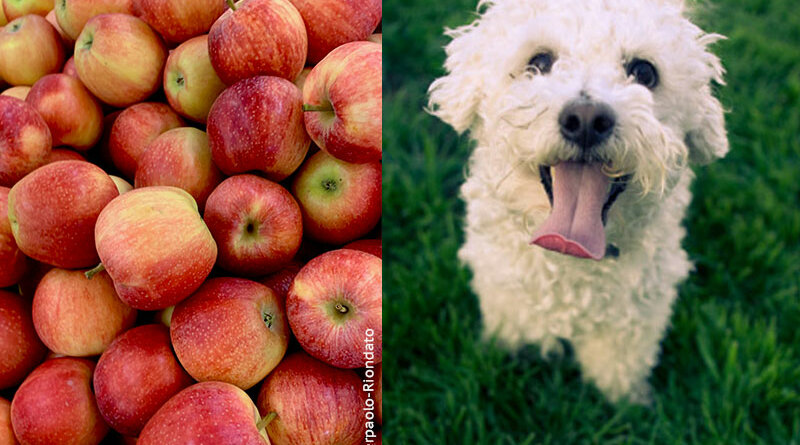
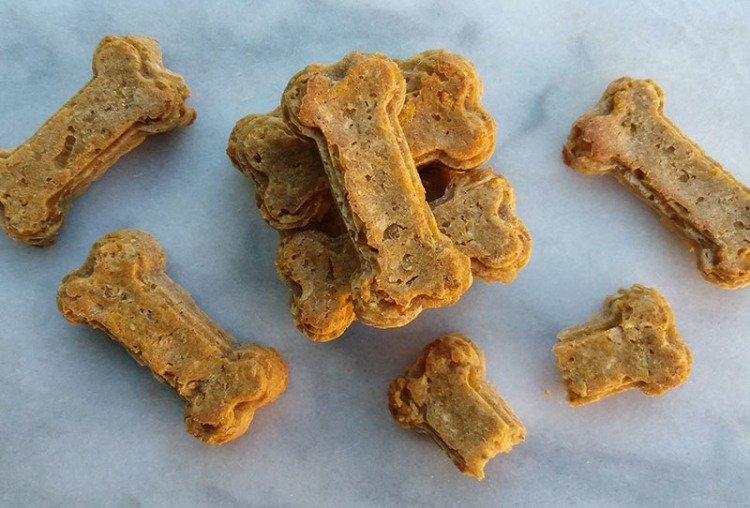
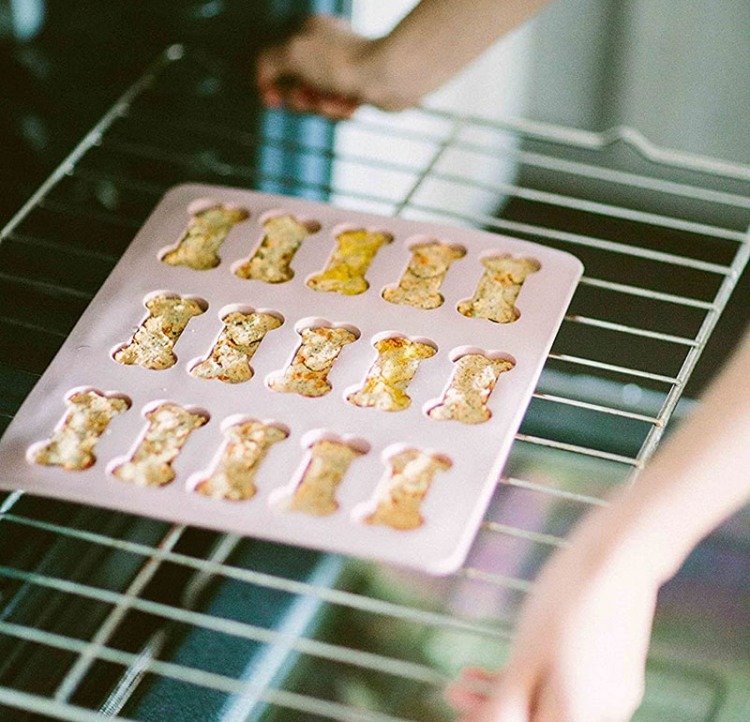
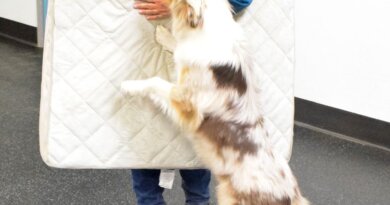

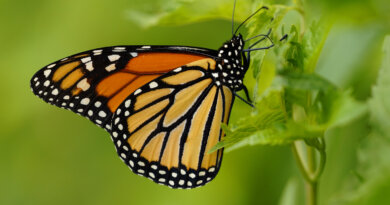
indian pharmacy online: indian pharmacy online shopping pharmacy india
mexican mail order pharmacies mexican pharmaceuticals online reputable mexican pharmacies online mexicanpharmonline.com